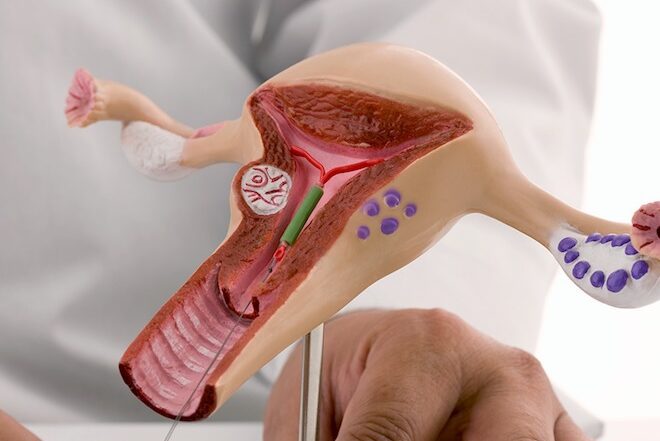You will experience embryo implantation as part of an in-vitro fertilization (IVF) procedure. A fertilised egg is inserted into a woman’s uterus during the procedure in the hopes that it will implant and lead to a healthy pregnancy. There might be a wide range of side effects following an embryo transfer. For optimistic couples, it could also be a very emotional period. In this post, you can learn what to anticipate and what occurs next following embryo transfer.
The embryo transfer day
When it comes to the actual embryo transfer day, you may anticipate a rather simple operation. It usually doesn’t need any sedation or anesthesia. Your fertility specialist will go through the type and quantity of embryos created with you as well as the specifics of the operation.
Missed Time After Embryo Transfer
A missed period following an embryo transfer can indicate pregnancy if you have a normal menstrual cycle.

Often urinating
Another indicator you experience after missing a period is an increased urge to urinate. It occurs due to the injection of the hormone HCG during embryo implantation. HCG increases your body’s blood and urine concentrations and forces you to use the restroom more frequently. On the other hand, you should immediately seek medical attention if you have frequent urination and additional symptoms like painful urination and blood, as this may indicate a urinary tract infection.
Elevated temperature
An additional indicator of pregnancy following embryo transfer is an increase in body temperature, often called an implantation dip. Although a rise in the mother’s basal body temperature may be a sign that she is expecting, it should not be taken as absolute proof.
Symptoms 7 Days Following Embryo Transfer
The typical symptoms many women encounter seven days after the embryo transfer are described here. Experiencing these could indicate that the transfer was successful if you are.
Spotting 7 days after the embryo transfer
After an embryo transfer, spotting is a common sign that may indicate pregnancy. When the embryo has been deposited into the uterine lining during a natural or IVF birth, bleeding throughout the implantation process is usual. Spotting and bleeding can be stressful and upsetting but can also be a great sign for expectant parents.

Seven days after the embryo transfer: lower back pain
Seven days following an embryo transfer, lower back aches can be a typical symptom, similar to what many women feel during their menstrual periods. Medications, ovarian stimulation, or endometrial preparation can bring on lower back discomfort and cramping. The symptoms of dizziness, discomfort, and pins and needles are also pretty typical.
The embryo can move and press on the lower back following the transfer, resulting in pain. Ovarian and endometrial stimulation cause dizziness, tingling, and discomfort in the lower back and abdomen, indicating that the embryo was successfully implanted.
No symptoms
It doesn’t necessarily mean that your embryo transfer failed if you don’t have any of the symptoms listed above. These symptoms and indicators are non-specific and do not indicate whether a pregnancy will succeed or fail. Studies show that 10 to 15% of women who had embryo transfers experienced none of these symptoms yet tested positive for pregnancy.
Conclusion
You should maintain your routine following an embryo transfer, so please talk with your healthcare staff to see if any adjustments are necessary. Hospitals are there to assist you if you’re ready to start your reproductive journey.
